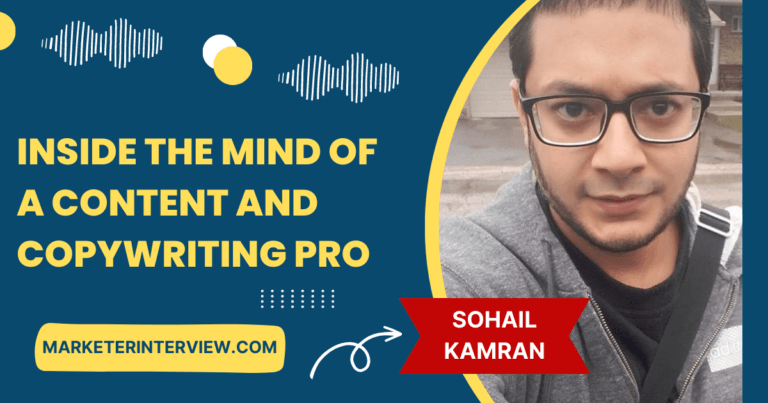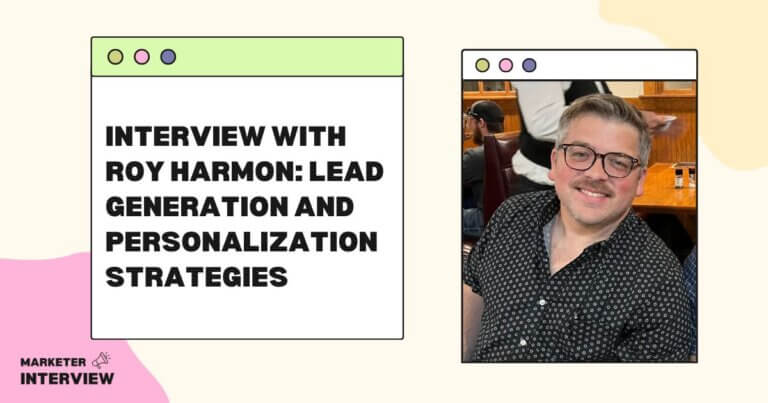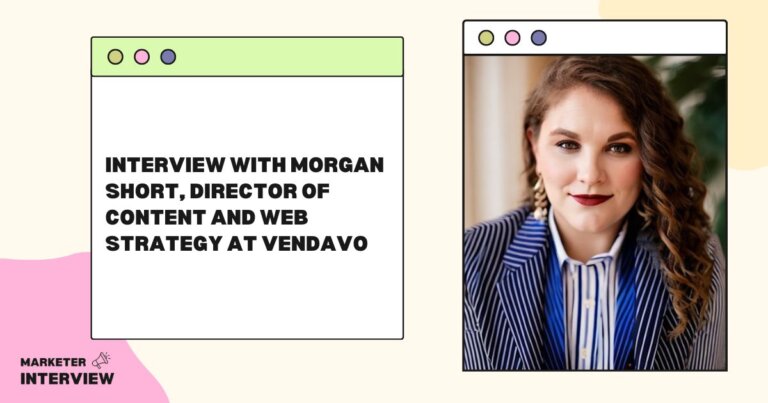A Conversation with Ömür Uygun: Copywriting, UI/UX, and Leadership
In this interview, we have the pleasure of speaking with Ömür Uygun, the founder of Upsodia and an expert in copywriting, UI/UX, and leadership.
Ömür is a senior student at Galatasaray University and is keenly interested in learning about different industries to prepare for her career.
With his impressive skills and experience in marketing, we’re excited to learn more about his journey and expertise.
Contents
- 1 How did you first get interested in marketing?
- 2 Could you tell us about a project or campaign you’re particularly proud of?
- 3 How do you stay up-to-date with your field’s latest marketing trends?
- 4 Can you share your approach to creating compelling copy?
- 5 What role do you believe UI/UX plays in marketing?
- 6 How do you prioritize and manage your tasks and projects as a marketer?
- 7 Could you describe your leadership style?
- 8 How do you balance creativity and data-driven decision-making in your marketing strategies?
- 9 What tools and software do you use in your daily marketing work?
- 10 What advice would you give someone just starting marketing?
How did you first get interested in marketing?
After the pandemic, we were all trapped in our homes, and I tried to learn something valuable for the coming years and my career.
Therefore, I have applied for all sorts of job listings, whether it’s paid or not. Finally, after a few months, a company that builds SAAS products contacted me for a digital marketing internship position. That was the very beginning of a journey for me.
Could you tell us about a project or campaign you’re particularly proud of?
I am the co-founder of a social media management app called Upsodia.
I am very proud of this project because I have gathered a team of 5 people to work for a common purpose at a young age. I created UI/UX designs and product requirements and talked with customers to better understand their needs.
How do you stay up-to-date with your field’s latest marketing trends?
I follow relevant blogs and publications, read books and e-books, attend conferences or webinars to learn from industry professionals, and network with other marketers through a professional organization.
Additionally, I monitor social media for insight into best practices and strategies from thought leaders in the industry. Keeping abreast of such information helps me ensure that my business’s strategy is up-to-date with the most trend-effective techniques.
Crafting compelling copy that resonates with your audience is critical for successful marketing and branding initiatives.
The first step is to understand who your target audience is so that you can create content tailored specifically to their needs. Then craft the message in a tone that sparks emotions and resonates with readers by leveraging storytelling techniques.
Keep it simple and focus on benefit-driven language – highlighting specific advantages and outcomes throughout your copy – to convince readers why they should choose you over someone else.
Lastly, a clear call-to-action (CTA) helps drive home the point further. With this approach, you can create powerful copy to engage your audience and effectively convey why they should work with you.
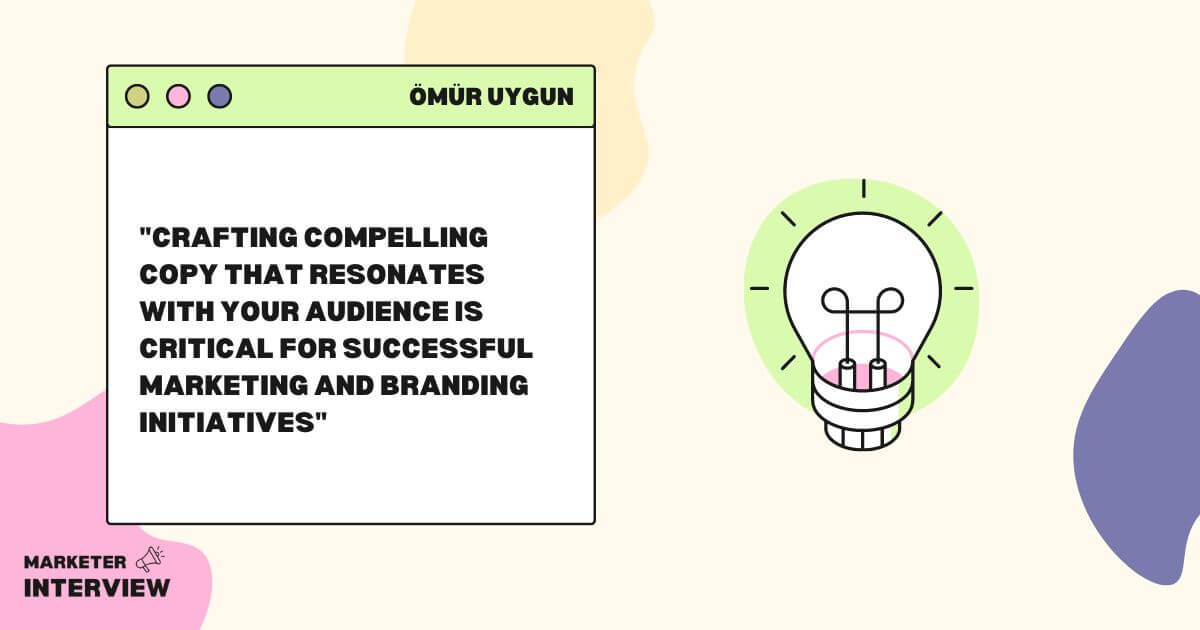
What role do you believe UI/UX plays in marketing?
UI/UX plays a vital role in the marketing process, as the customer’s experience with a product is instrumental in determining their opinion.
An excellent user interface should make customers feel empowered and confident when using a product, increase engagement, and ultimately attract more users.
When incorporating UI/UX into marketing strategies, businesses should focus on design principles such as consistency and accessibility that will help create a more enjoyable user experience.
Additionally, businesses should evaluate usability testing to ensure their products are intuitive and easy to use for customers. The use of feedback loops can help enterprises better understand their users’ needs while allowing them to deliver effective solutions quickly.
These strategies can be combined with traditional marketing tactics to establish brand loyalty among customers who have had successful experiences with the business’s products or services.
How do you prioritize and manage your tasks and projects as a marketer?
I assess the scope of work associated with each task or project, categorize tasks according to their urgency and importance and then break them down into individual steps.
I then develop a timeline outlining when each step should be completed to reach the desired goals and objectives.
After that, I can identify the most critical elements of each task or project and determine how to allocate resources best to maximize efficiency.
Finally, I establish checkpoints along the way for reviews ensuring that objectives are being met on schedule and providing feedback on process improvements.
Following these steps allows me, as a marketer and leader, to prioritize tasks accordingly while effectively managing time constraints to meet all deadlines.
Could you describe your leadership style?
My leadership style has evolved from a more traditional approach to a collaborative, empowering, and supportive one.
By creating an environment of trust and mutual respect, team members feel more engaged in the process and are enabled to reach their full potential.
I also focus on providing constructive feedback rather than imposing rules or regulations. This allows me to foster growth opportunities for my team while also encouraging continued improvement on their part.
By openly communicating with them, we can work together towards our ultimate goal while having a productive working relationship overall.
This approach is hugely beneficial as individuals and teams achieve great success through shared ambitions.
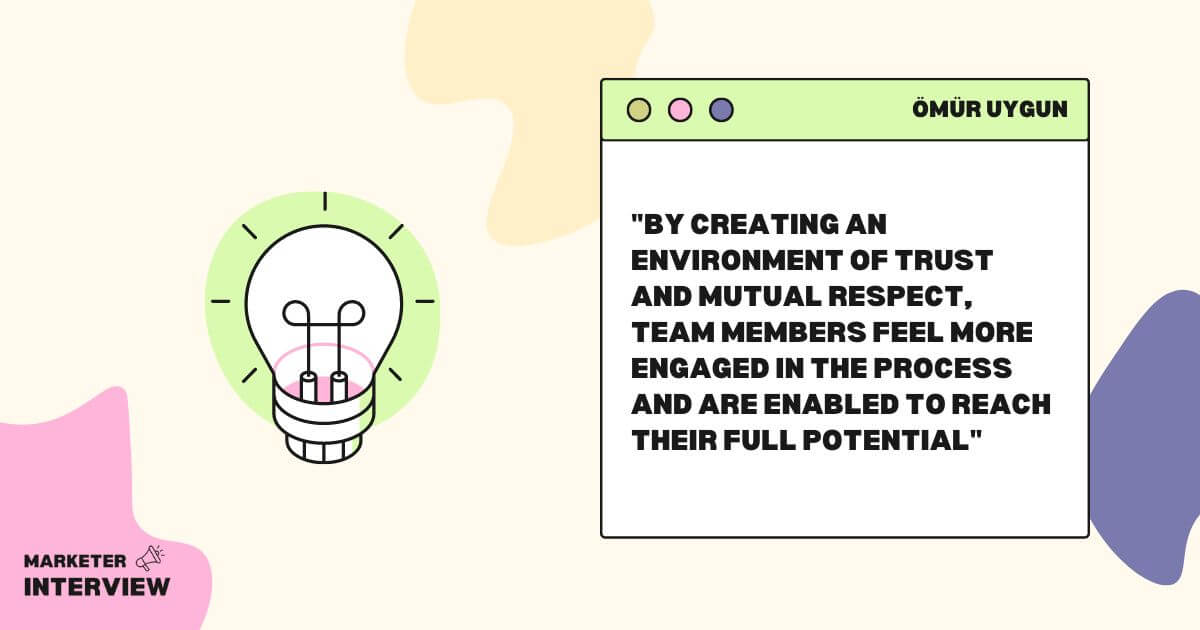
How do you balance creativity and data-driven decision-making in your marketing strategies?
I balance creativity and data-driven decision-making in my marketing strategies by leveraging both approaches to meet business objectives.
Data-driven decision-making helps me to measure progress, identify key performance indicators, track trends, and monitor results. At the same time, a creative approach allows me to explore different ideas and avenues that would provide additional value.
In this way, I can ensure that my efforts are backed by measurable results while also discovering new growth opportunities. Combining these two methods allows me to make decisions more confidently as I can draw on empirical evidence and brainstorm potential solutions.
What tools and software do you use in your daily marketing work?
I often use tools and software such as Google Analytics and AdWords, Hootsuite, Buffer, HubSpot, and MailChimp in my day-to-day marketing work.
These tools allow me to monitor analytics around website performance as well as track campaigns across multiple channels. Additionally, they enable me to plan ad campaigns and manage content schedules while providing insights into customer behavior.
Moreover, these services enable me to communicate with constituents through email marketing automation and social media monitoring to foster deeper relationships with our customers.
Leveraging these tools in my day-to-day work allows me greater agility by having detailed information about our target audience for more effective decision-making.
What advice would you give someone just starting marketing?
I advise someone starting in marketing to continue learning and evolving.
New trends, technologies, and strategies are constantly being developed, so new marketers must stay up-to-date with their field’s latest developments.
Additionally, I recommend immersing yourself in the industry by exploring different mediums, such as blogs and podcasts, or attending webinars/conferences.
Finally, cultivating relationships with other professionals can be valuable in terms of networking and acquiring advice from those with more experience.
Ultimately, gaining a comprehensive knowledge base through continued education and maintaining active connections should help any marketer succeed on their career path.

